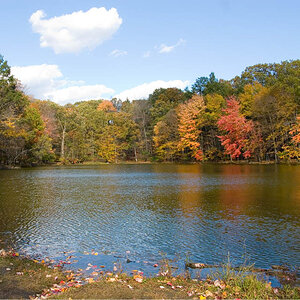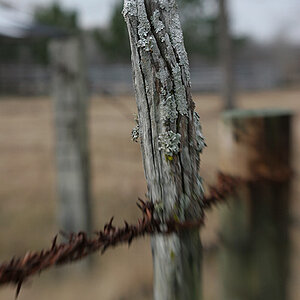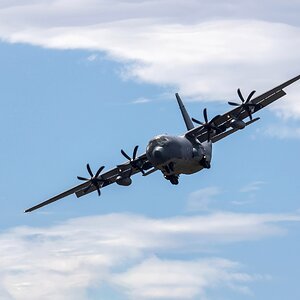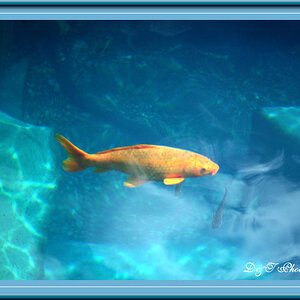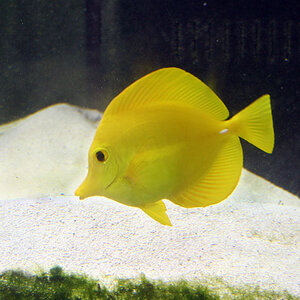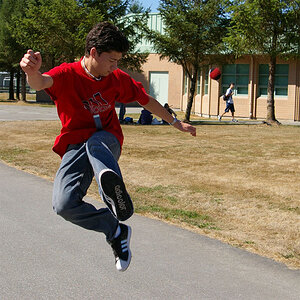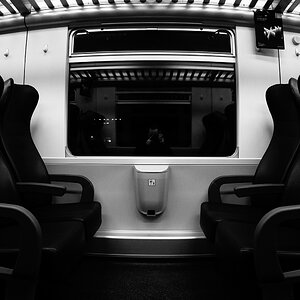For the record, I looked up what jpeg artifacts actually are and what causes them, and that has not helped me to answer this question. My apologies if this is a really dumb question.
Say I have a jpeg image fresh off my camera, and I want to reduce the file size so that I can upload it somewhere (including but not limited to this forum). If I open the file in MS Paint, resize it by 50% in both directions (so the image is shrunk overall by a factor of 1/4), and re-save it as a jpeg, does that cause any loss in quality OTHER than removing three-fourths of the pixels?
If yes, then how can I reduce the file size of a jpeg image without corrupting it (beyond the obviously-unavoidable reduction in resolution)? Do I just need to be using more sophisticated software than Paint? I obviously don't intend to use Paint for any "real" photo editing; I'm just wondering whether using something else is necessary for this particular problem. The Windows 10 "Photos" app appears to be able to crop a jpeg without introducing artifacts (thank goodness), but it doesn't resize.
If no (or perhaps "no you idiot, why would you even think that"), then what kind of editing and re-saving does introduce jpeg artifacts? I've always avoided them simply by saving edited images in any format other than jpeg - even if the image was a jpeg to begin with - usually png; but that doesn't work when resizing an image to reduce the file size, since png has a higher data density than jpeg.
Lee!
Say I have a jpeg image fresh off my camera, and I want to reduce the file size so that I can upload it somewhere (including but not limited to this forum). If I open the file in MS Paint, resize it by 50% in both directions (so the image is shrunk overall by a factor of 1/4), and re-save it as a jpeg, does that cause any loss in quality OTHER than removing three-fourths of the pixels?
If yes, then how can I reduce the file size of a jpeg image without corrupting it (beyond the obviously-unavoidable reduction in resolution)? Do I just need to be using more sophisticated software than Paint? I obviously don't intend to use Paint for any "real" photo editing; I'm just wondering whether using something else is necessary for this particular problem. The Windows 10 "Photos" app appears to be able to crop a jpeg without introducing artifacts (thank goodness), but it doesn't resize.
If no (or perhaps "no you idiot, why would you even think that"), then what kind of editing and re-saving does introduce jpeg artifacts? I've always avoided them simply by saving edited images in any format other than jpeg - even if the image was a jpeg to begin with - usually png; but that doesn't work when resizing an image to reduce the file size, since png has a higher data density than jpeg.
Lee!


![[No title]](/data/xfmg/thumbnail/32/32926-ec27ecead8c80d803404500d8f888dbf.jpg?1619735754)
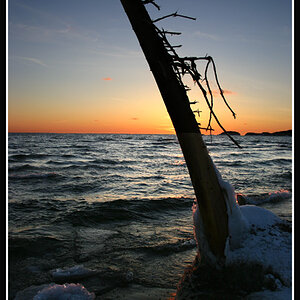
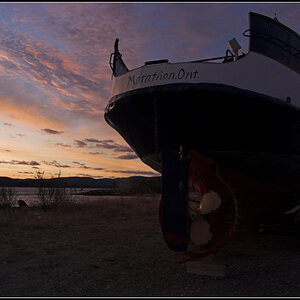
![[No title]](/data/xfmg/thumbnail/30/30994-49c5521f7b5b417f49dcd43891cbec27.jpg?1619734557)
